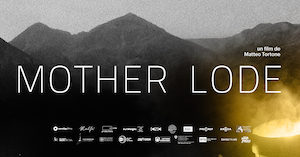We provide subtitling services for your films in all digital formats. We can also adapt existing subtitles or convert them to the desired format.
WORKFLOW
1. Transcription and preparation
All the dialogues and texts of the final edited version of the film is transcribed and provided by the producer/director in the form of a file containing only the dialogues’ text (where all script notes have been removed), and in some cases some intermediary titles and texts that appear on screen and that require subtitling.
If the film contains titles, summaries, etc. that appear on screen, these are in certain cases included in the subtitles (but dialogues are given priority). Should this be the case, they are either discarded in the adapted version, or additional editing work is required to create a new image version for each language version of the film (to be determined by the director/producer).
2. Spotting
We can synchronise the original dialogue file with the image and sound. This document serves as the source file for all language versions that are being considered. The editing must remain unchanged after the start of the spotting process.
3. Text translation-adaptation
Option 1 – We oversee the translation work, which is carried out by translators who have experience in subtitling and its specific constraints (number of characters, length of display, etc.)
Option 2 – Using a file that we provide, the director/producer of the film then starts the translation work (respecting the layout of the original document).
4. Flow of subtitles and corrections
We generate a flow of subtitles for proofreading and possible correction of each language version. The film’s producer/director must then approve the final versions, and we create synchronised files that are used for the conformations that are being considered.
INTEGRATION & CONFORMATION:
We can integrate subtitle flows into digital master versions (in the desired format), and/or adapt these to the various viewing standards (DVD, DCP, etc.) depending on the means of projection that are being envisaged. Each master version is treated separately.
RATES:
In order to establish a quote, we will need to know the length of the film, and we require a transcription of the dialogues with an indication of the language(s) spoken in the original version, along with the desired target languages. We also need to know if different versions of the film are being considered (long version, short version, abridged scenes, etc) and the type of master version/copies you require.
DISCLAIMER:
If you use existing translations for a scene or part thereof, we reject any liability in terms of copyright. The film’s production must ensure that all necessary authorisations for the use of quotes, text extracts, etc. have been obtained.
CONTACT INFORMATION:
titrage (at) face-c.net




